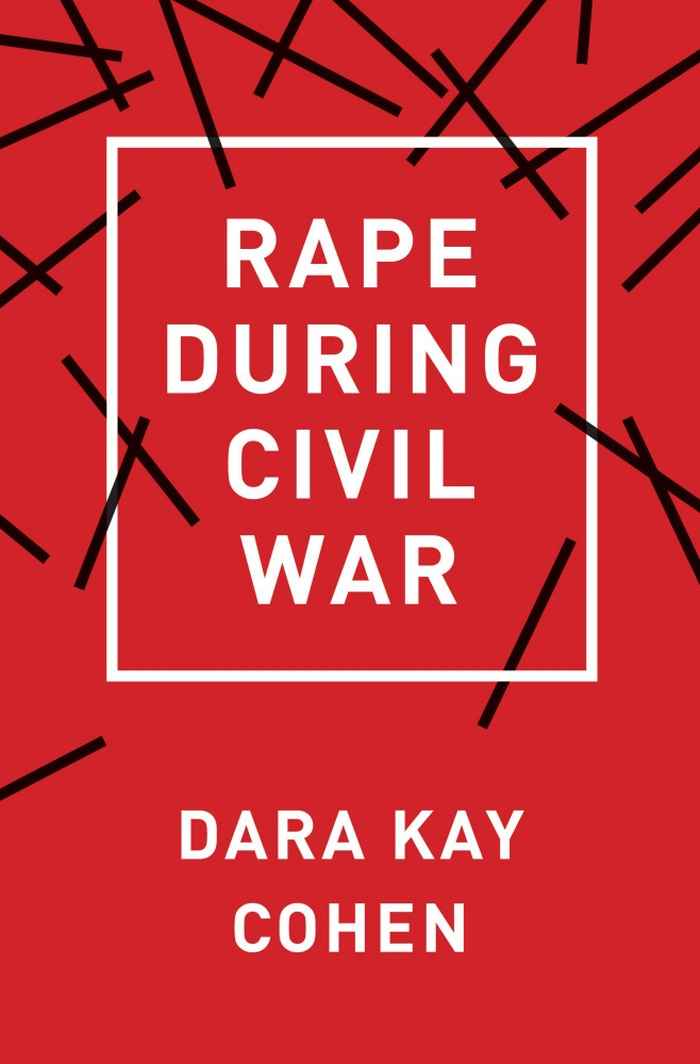Why do some armed groups rape but others never do? Rape as socialization in contemporary civil wars
By Nevcihan Cabik

Cohen challenges a number of misconceptions, namely that wartime rape 1) is committed in only certain places, such as Bosnia and Rwanda; 2) is a form of violence by men against women, and 3) is a problem of unruly rebels. Cohen finds that wartime rape is not limited to one region. Contrary to general ideas, Cohen emphasizes that there are male victims as well as female perpetrators. Furthermore, perpetrators are not only part of rebel forces. In fact, state actors, such as soldiers reportedly commit rape more often than rebel groups. Finally, she argues that sexual violence during wartime is not limited to rape and it does not occur more often than everyday sexual violence.
Wartime rape has been explained in previous research by opportunism, ethnic hatred and gender inequality. In Cohen’s research she finds limited evidence for these factors as general explanations. Instead, she focuses on “combatant socialization” as a way to explain wartime rape. Armed groups abduct random people by force to mobilize new fighters. But how to create a coherent armed group out of virtual strangers remains a dilemma. What she finds out from her research is that rape enables groups with high percentage of abducted fighters to create bonds of loyalty and esteem from initial circumstances of fear and mistrust. Another point about wartime rape is that it generally occurs as gang rape (rape by multiple perpetrators), which is often public and observable by others, while gang rape is not that common in peacetime. So gang rape enables combatants to communicate their masculinity within the group. Surprisingly, when women are abducted as fighters, the argument predicts that they should be expected to participate in gang rape for the same reasons—and she finds evidence that female abductees in Sierra Leone also participated in gang rapes.
Cohen argues that the conventional narrative of rape as a strategy or a weapon of war does not reflect the reality. The interviews with ex-combatants in the three countries reveal that rape was generally not ordered from the top but committed by combatants under peer pressure. There were even some commanders who forbade their soldiers to rape.
Cohen draws a number of implications for policymakers to prevent wartime rape. First, attempts to close the impunity gap by prosecuting past commanders as a deterrent for future rape is unlikely to be effective. Prosecution of perpetrators is incredibly expensive, it focuses on only a small number of people and as a result, it is not rational for fighters to be deterred by the spectre of prosecution. Instead using that money for the victims and survivors of the war would be more helpful. Second, reports of fighters being abducted either by state actors or by insurgents could serve as an early warning sign of mass rape for policymakers. Lastly, states care about the reputation they have. So if most perpetrators are state actors, “naming and shaming” and also targeted sanctions—two strategies that have proven effective against other types of human rights violations—may help to decrease the rates of wartime rape by states.